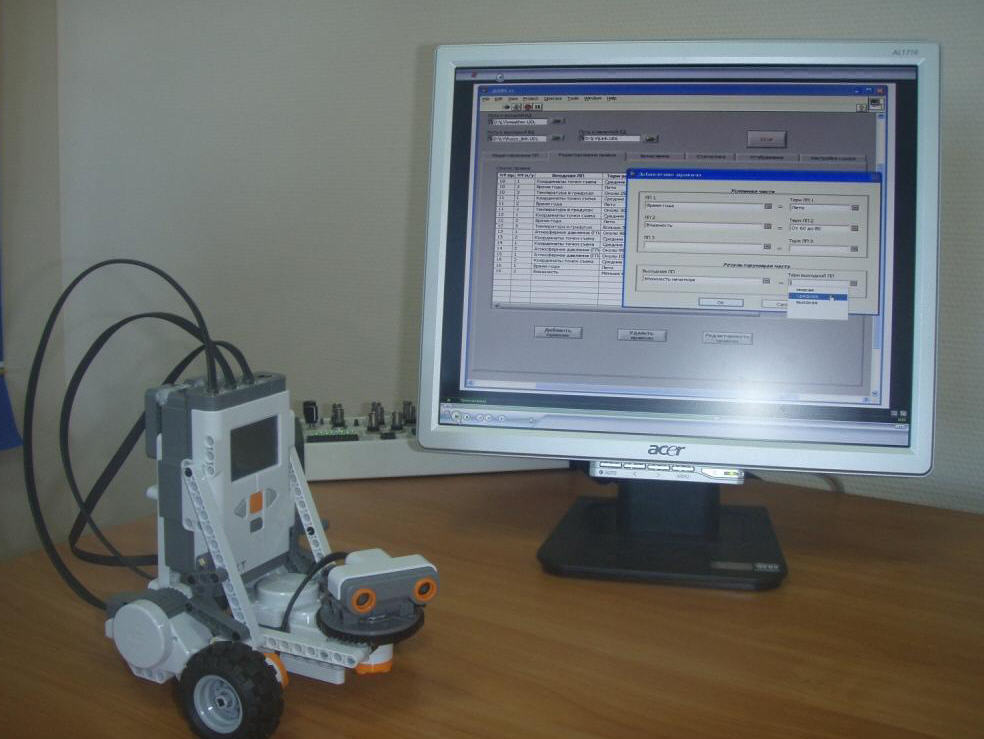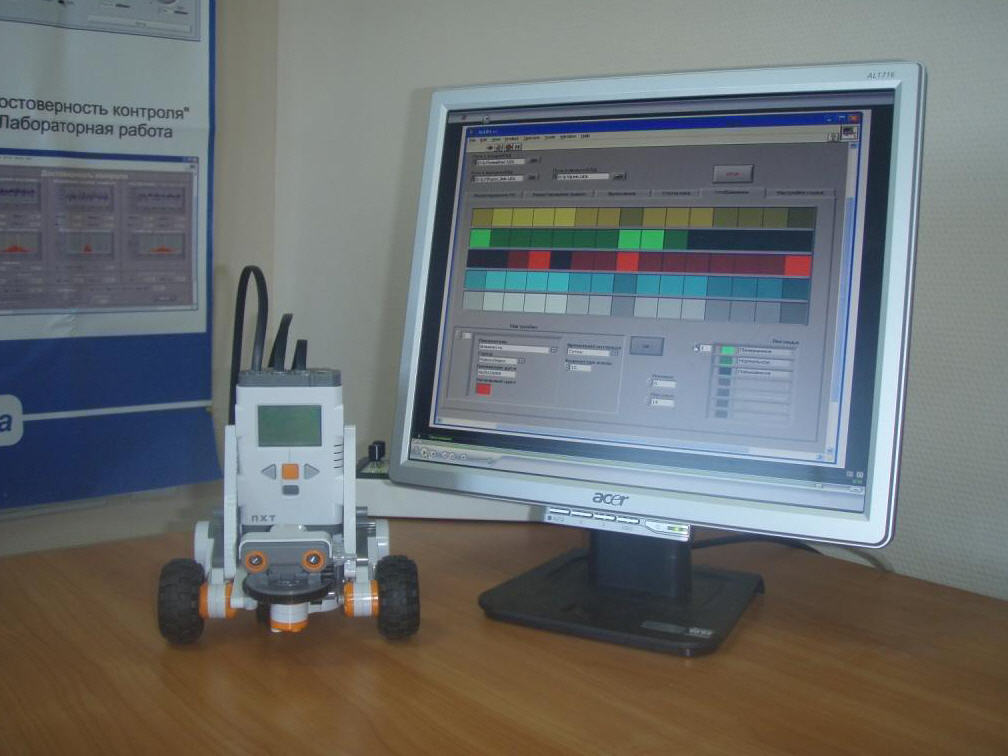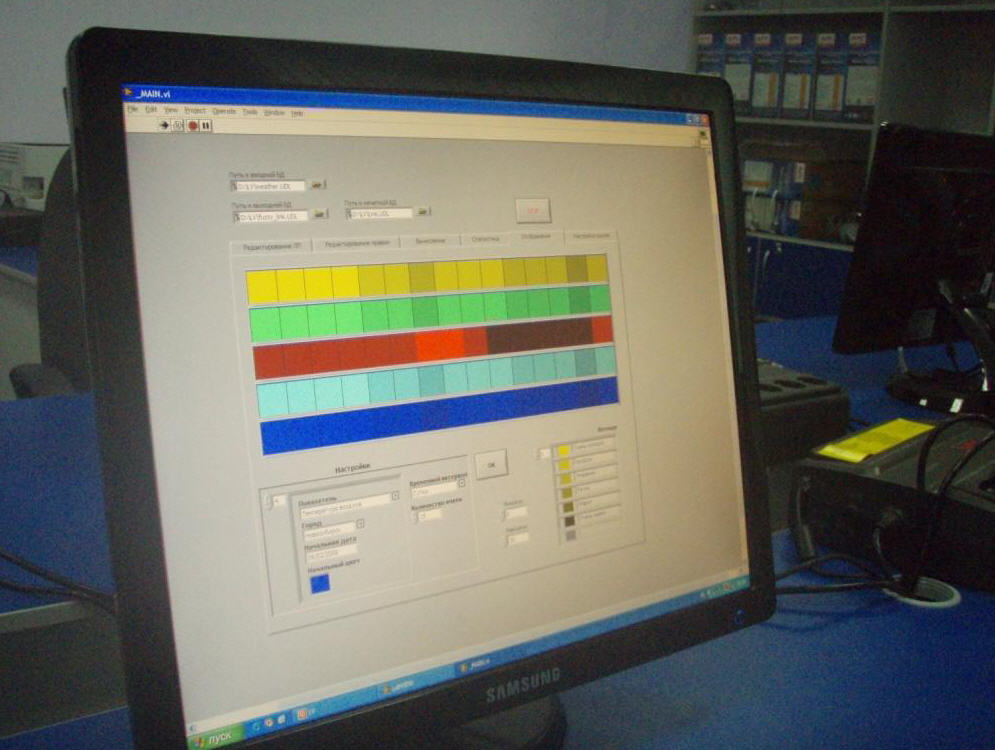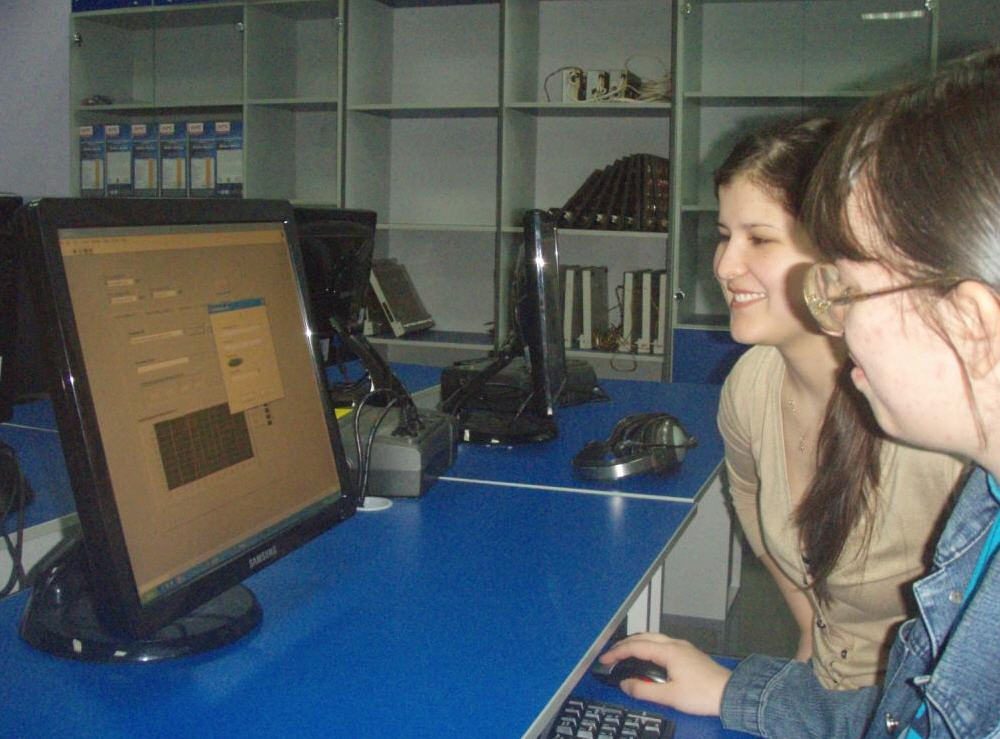- Document History
- Subscribe to RSS Feed
- Mark as New
- Mark as Read
- Bookmark
- Subscribe
- Printer Friendly Page
- Report to a Moderator
- Subscribe to RSS Feed
- Mark as New
- Mark as Read
- Bookmark
- Subscribe
- Printer Friendly Page
- Report to a Moderator
UniFuzzy System
Contact Information
University and Department: Novosibirsk State Technical University, Computer facilities chair
Team Members: Savitskaya Natalia Andreevna, Pershina Zhanna Sergeevna, Yakimenko Alexander Alexandrovich, Volyntsev Alexey Alexandrovich
Faculty Advisors: Shvajkova Irina Nikolaevna
Primary Email Address: irina.nir@gmail.com
Primary Telephone Number (include area and country code):+ 7 913 912 3806
Project Information
All parts (hardware, software, etc.) used to design and complete project:
LabVIEW 8.5
LabVIEW Database Connectivity
Microsoft Access
Describe the challenge your project is trying to solve.
Developed project solves following tasks:
1. Studying fuzzy analysis in a courses of “Artificial Intellectual Systems” and “Models and Methods of Knowledge Representation”.
2. Сreating fuzzy rules database using modified Mamdami algorithm, input arrays converting into fuzzy arrays and data processing using developed rule system.
3. Data analysis and data mining of different subject fields, in which there is using fuzzy logic and searching of fuzzy dependences necessity. Application of created data analysis system are viewed by the example of database setting, rules creation and their’s application in climate parameters analysis.
4. Fuzzy data displaying as intensity graphs with color scale and gradation setting for different linguistic variable and their terms.
5. Fuzzy logic application for developing and creating Lego NXT MINDSTORMS intellectual mobile robot’s control and regulation system in condition of indeterminacy
Describe how you addressed the challenge through your project.
This system consists of several modules, developed in LabVIEW and combined into one full-featured system, which include several functional capabilities:
1. Customizing database, which allow to organize creating, redacting and storage initial and converted data for concrete task as a combination of:
• Input database
• Database – knowledge base, used as storage to all created linguistic variables and rules for specific initial database.
• Fuzzy database, which allows to organize storage initial data’s fuzzy projections as terms and values of their membership functions
2. Database and knowledge base creating and editing;
3. Converting input data in their fuzzy projections and saving them in the fuzzy database.
4. Calculation statistic parameters and building hystograms for data sampling from input and converted databases.
5. Representation converted data using intensity graphs with customized color scale and gradation for different linguistic variables and their terms.
This functional capabilities of developed system allow to solve following tasks.
Task 1.
During the course students study fuzzy logic theory basics. Than they received a variety of tasks of creating databases and knowledge bases in module’s environment.
Task 2.
Module’s environment represents very simple and obvious procedure of creating linguistic variables for original data without limiting number of terms. To create fuzzy rules use modified Mamdami algorithm. It allows forming one fuzzy output parameter using three input linguistic variable’s values. Using created rules, input data can be recalculated and then written into output fuzzy database. Creating term-set to specific parameter, user can analyze results in statistics module, and, if necessarily, edit and recalculate initial values into their fuzzy analogs.
Task 3.
Customized data analysis system can be used in different subject fields , in which there is using fuzzy logic and searching of fuzzy dependences necessity. Now system is used for solving climate data analysis task which is subtask of the Global Forecast Climate Changes on These Infections in Russia ISTC project.
In system’s environment several tasks can be solved, such as: test and evaluation of the input data quality; statistics parameters for initial and converted data estimation; searching of fuzzy dependences for timing serials etc. The module of system data analysis is now in progress and new functional components continuously added.
Task 4.
When representing fuzzy data as intensity graphs at one graphic field, user can view five data rows, displaying fuzzy values in different color ranges. To improve perception of different parameters, module allows making color scale setting for different linguistic values and theirs terms. Data rows are synchronized by date and displayed one below another. Using intensity graphs in data analysis allows to find clusters.
Task 5.
Developed module used for several steps of robots control system customizing:
• Creating fuzzy database and knowledge base
• Converting input data from sensor system to fuzzy values using linguistic variables
• Using fuzzy logical inference for creating control impulses sent to executive system
• Knowledge base verification using graphical representation of decision-making model work based on fuzzy input data.
Photos of Project:




